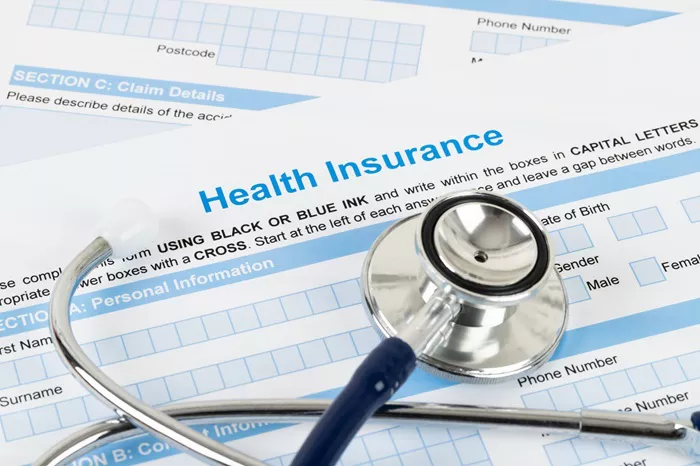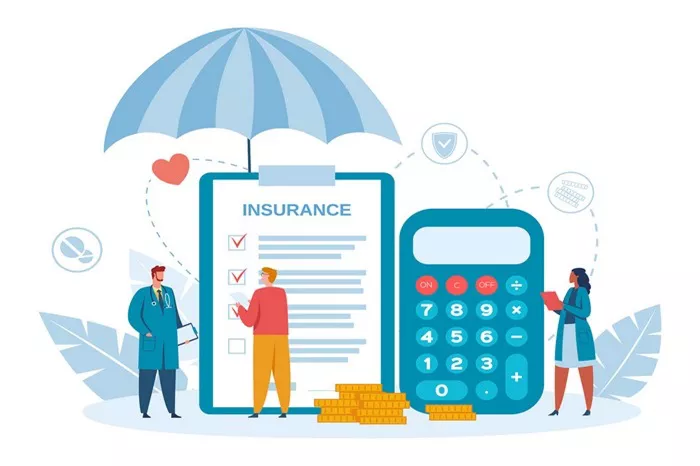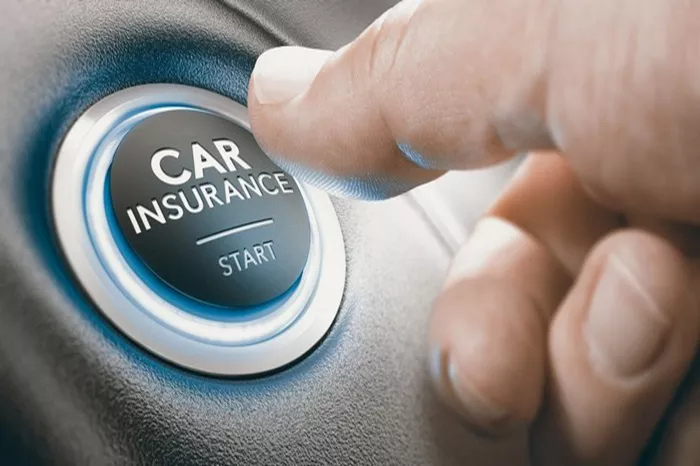If your car has been scrapped by the insurance company, here is a comprehensive guide on what you should do from a professional car insurance perspective. This guide will be structured logically and scientifically, divided into several key points for clarity.
What to Do When Your Car is Scrapped by the Insurance Company
Understand the Scrapping Process
Insurance Policy Review
Before proceeding, review your car insurance policy carefully. Specifically, look for clauses related to total loss, salvage rights, and the insurance company’s obligations in such cases. This will help you understand your rights and the steps you need to follow.
Notification by Insurance Company
The insurance company will typically notify you if your car has been deemed a total loss and will be scrapped. This notification will include details such as the settlement amount, the reasons for scrapping, and the next steps you need to take.
Documentation Requirements
Gather all relevant documents, including your insurance policy, the scrapping notification from the insurance company, the car’s registration certificate, and any other papers related to the vehicle. These documents will be required for various processes, including settlement and transfer of ownership.
Settlement Process
Agree on the Settlement Amount
The insurance company will offer a settlement amount based on the car’s current market value, depreciation, and any applicable deductibles. Carefully review this amount and negotiate if you believe it is unfair or too low. You may need to provide evidence of the car’s value, such as recent appraisals or sales of similar vehicles.
Receive Payment
Once you agree on the settlement amount, the insurance company will process the payment. This can usually be done through direct bank transfer, check, or other methods specified in your policy. Ensure you have the correct banking information ready to receive the payment promptly.
Tax Implications
Be aware of any tax implications associated with the settlement. Depending on your jurisdiction, you may need to report the settlement as income or capital gains. Consult a tax professional if you are unsure about the tax treatment of your settlement.
Transfer of Ownership and Scrapping
Release of Lien
If you have a loan or lien on the car, the insurance company will need to release the lien before the car can be officially scrapped. This involves notifying the lender and providing them with the necessary documentation to release their claim on the vehicle.
Transfer of Title
You will need to transfer the car’s title to the insurance company or the designated scrap yard. This typically involves filling out a form and submitting it to the relevant authorities, along with the car’s registration certificate and other required documents.
Scrapping the Car
The insurance company will arrange for the car to be towed to a scrap yard or recycling facility. Ensure you have removed any personal items from the car before it is towed away. The scrap yard will then dismantle the car and recycle its parts.
Salvage Rights and Residual Value
Understanding Salvage Rights
Depending on your insurance policy, you may have the option to purchase the salvage rights to the car. This means you can take possession of the car’s wreckage and sell or dispose of it yourself. Check your policy for specific details on salvage rights.
Assessing Residual Value
If you decide to purchase the salvage rights, assess the residual value of the car’s parts. Some parts, such as engines, transmissions, and catalytic converters, may still have value and can be sold individually. However, be aware that dismantling and selling parts can be a time-consuming and labor-intensive process.
Disposal Options
If you do not want to purchase the salvage rights, the insurance company will handle the disposal of the car. They will ensure it is properly recycled and disposed of in accordance with local regulations.
Post-Scrapping Actions
Cancel Car Registration
Once the car has been scrapped, you will need to cancel its registration with the relevant authorities. This is important to avoid any ongoing fees or penalties associated with the car.
Notify Relevant Parties
Notify any parties who may have an interest in the car, such as your lender, the Department of Motor Vehicles (DMV), and any parking or toll authorities. This will help ensure that there are no outstanding issues or fees related to the car.
Consider Replacement
If you need a replacement car, start shopping for a new or used vehicle. Consider your budget, insurance requirements, and personal preferences when choosing a replacement. You may also want to shop around for car insurance quotes to find the best rates and coverage options.
Preventive Measures for Future
Review Insurance Coverage
After your car has been scrapped, take this opportunity to review your insurance coverage. Consider whether you have adequate coverage for your current needs and whether there are any gaps in your policy. You may want to increase your coverage limits or add additional coverage options to better protect your future vehicles.
Maintain Your Car
Regular maintenance and repairs can help prevent your car from being scrapped in the future. Keep up with routine maintenance tasks, such as oil changes, tire rotations, and brake inspections. Address any issues or problems with your car promptly to avoid more significant damage or repairs.
Drive Safely
Safe driving practices can also help reduce the risk of your car being involved in an accident that results in it being scrapped. Follow traffic laws, drive defensively, and avoid distractions while driving. These habits can help keep you and your car safe on the road.
Conclusion
When your car is scrapped by the insurance company, it is important to follow a structured and logical approach to ensure you receive a fair settlement and handle the scrapping process efficiently. Begin by reviewing your insurance policy and understanding your rights and obligations. Work with the insurance company to agree on a settlement amount and receive payment. Ensure you transfer the car’s ownership and title correctly and arrange for its disposal. Consider your options for salvage rights and residual value, and take any necessary post-scrapping actions, such as canceling the car’s registration and notifying relevant parties. Finally, use this experience as an opportunity to review your insurance coverage and maintain your car to prevent similar situations in the future. By following these steps, you can navigate the scrapping process smoothly and ensure you are well-prepared for any future vehicles you may own.
Related Topics:






















